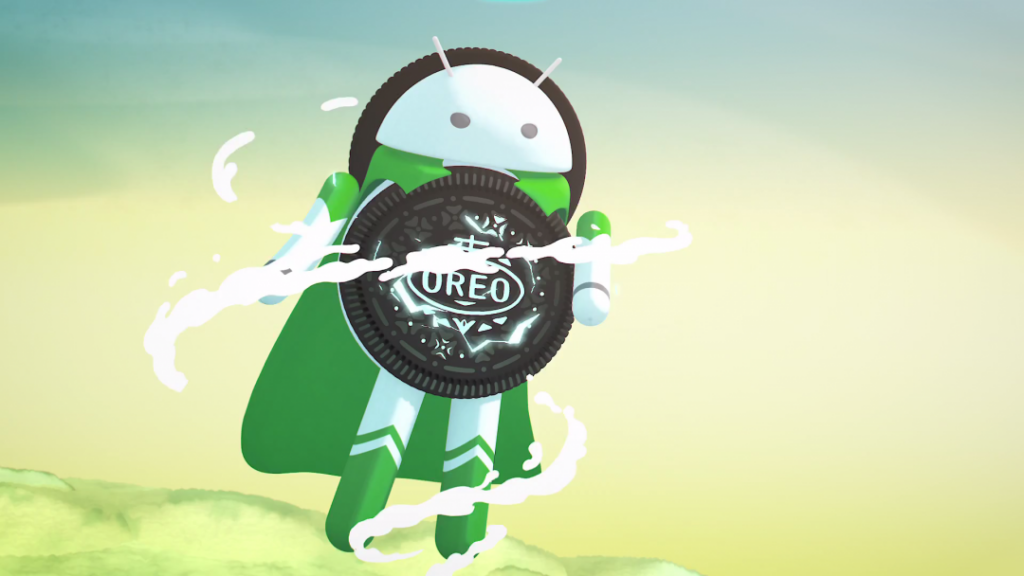The latest Android version – Android Oreo – was released a little more than a month ago and Google’s Android distribution numbers for the month of October reveal that the new operating system has recorded a 0.2 percent adoption rate with the first month of its release. Now, 0.2 percent doesn’t really say impressive on the numbers charts, especially when compared to the 17.8 percent adoption rate of Android Nougat. However, given that the Android Oreo is a fairly new entrant in the OS realm, the development is quite significant. In fact, certain industry experts are even calling this adoption percent as “whopping”.
To put this in perspective, any new version of the Android OS typically takes up to a year to permeate the market and become a widely-used release. Android Oreo 8.0 is expected to follow the same trajectory. For now, the new OS is only available on Google Pixel, Pixel XL, and Nexus smartphones, whereas all the other leading manufacturers are still working on rolling out the OS update. Given the dynamics of carrier network testing, OEM testing, chip testing, among other factors, it’ll be a few months before the Oreo update is made available to a majority of Android users. By then, the upcoming Android P would already be gearing up for a release.
This is in sharp contrast to the adoption percentage of iOS 11, which, according to reports, was running on more than 25 percent of Apple devices within a week of its launch. The number of Android users far exceeds iOS users, given that a large cross-section of OEMs run their smartphones on the former, but even so, 0.2 percent and 25 percent make for a significant gap.
That being said, the Android distribution numbers released by Google, at best, convey an estimated trend and not a precise figure, as Google’s Platform Versions tool sources its data from the Google Play Store app. This means devices operating without Google Play – this includes Amazon’s Fire series, a wide line-up of tablets and smartphones in China, and more – are not taken into account.
The same holds true for adoption percentages of previous versions of the OS such as Nougat, Marshmallow, Lollipop, Jelly Bean, Ice-cream Sandwich, and Gingerbread, which have been pegged at 17.8 percent, 32 percent, 27.7 percent, 6.6 percent, and 0.6 percent, respectively. Since the Google Play Store runs on Android 2.2 and above, the distribution numbers do not take into account the devices running on older versions.
Source: VentureBeat


